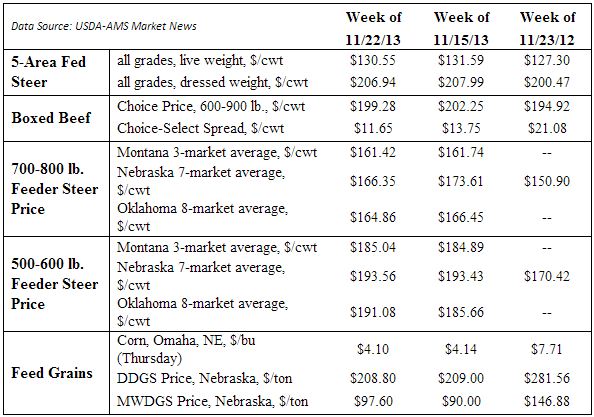



Hay Supplies To Remain Tight While Price Relaxes
US - U.S. hay prices were at record high levels last spring, and have been declining since, writes Tim Petry, Livestock Economist at North Dakota State University.The USDA National Agricultural Statistics Service (NASS) reports average monthly hay prices by state on a crop year (May-Apr) basis. Prices are reported for alfalfa hay, other hay, and the combined all hay categories.
Hay prices in the U.S. generally increased throughout the last crop year, and other hay prices ended the year in April at a record high $157 per ton. Prices have declined this crop year to $130/T recorded in December. Keep in mind that the reported prices are averages and the range can be wide given varying quality and geographic supply and demand conditions. For example, the highest other hay price in December was $230/T in Colorado. Contrast that to the lowest average price of $68/T in North Dakota.
Hay supplies declined in the U.S. for the last several years. Both the competition for land due to historically high crop prices, and the 2011 drought in the Southern Plains and more widespread drought in the U.S. in 2012 were major causes of the decline. However, better moisture conditions for 2013 in much of the U.S. caused much needed improvement in hay supplies.
In the annual Crop Production Summary report released on Jan. 10, 2014; NASS reported state and total U.S. hay area harvested, yield per acre, and production for alfalfa, other hay, and all hay categories on a calendar year basis. All hay harvested in the U.S. at 58.3 million acres in 2013 was a 3.5 per cent increase over the 56.3 million harvested in 2012. The average U.S. yield per acre for all hay in 2013 was 2.33 tons. That compares to the drought reduced 2.13 T/A in 2012, which was the lowest since the 1.94 T recorded in the 1988 severe drought year.
All U.S. hay production in 2013 at almost 136 million tons was a 13.4 per cent increase over the record low 119.9 million produced in 2012. For comparison with other drought years, 120.1 million tons were produced in 1976 and 125.7 million was recorded in 1988.
NASS also reports May 1 and December 1 hay stocks on U.S. farms in its monthly Crop Production report. Dec. 1, 2013, hay stocks at 89.3 million tons were 16.7 per cent above the historically low Dec. 1, 2012, stocks of 76.5 million.
The May 1, 2013, stocks were also historically low so that is why record prices occurred. Even though Dec. 1 stocks improved, they were still about 9 per cent below the previous 10 year average.
Currently the Western U.S. is experiencing very dry conditions, with much of California in severe to extreme drought. Lack of forage is forcing supplemental feeding of beef cows that would normally be grazing. Lack of irrigation water in California will hamper hay and silage production, and it is expected that dairies will need to import hay from other states. Much of the Great Plains has had a very cold winter with higher beef cow maintenance requirements.
So hay supplies will likely remain historically tight and prices will be impacted as the potential for 2014 hay crop production starts to materialize.
The Markets
The fed cattle and beef markets continued to surge higher at record levels last week. Across the 5-area market, liveweight steers averaged $142.50 per hundredweight up $2.82 for the week. Dressed weight prices increased $6.25 to average $227.28 for the week. Choice boxed beef prices averaged $224.62 up $14.62 for the week. The calf and feeder cattle markets continued to advance with many markets reporting prices $2 to $5 higher. Receipts were heavy at some regional markets where winter weather conditions moderated somewhat and allowed producers to move cattle to markets.
TheCattleSite News Desk



